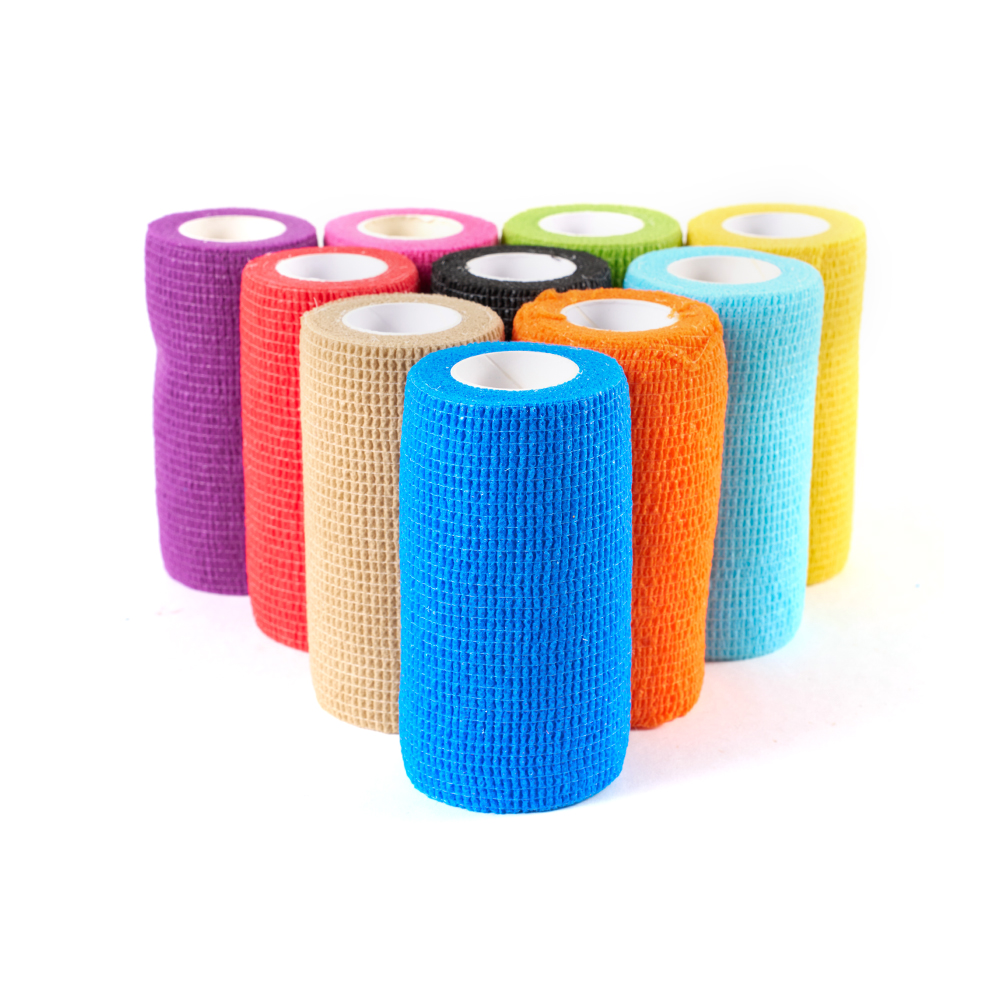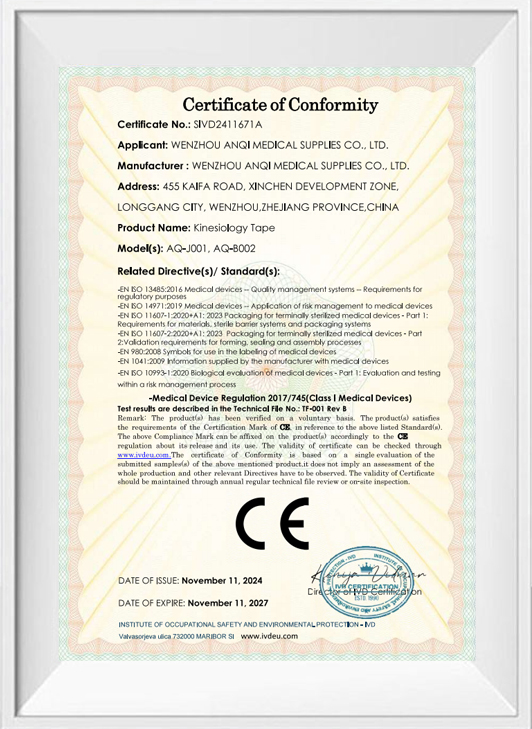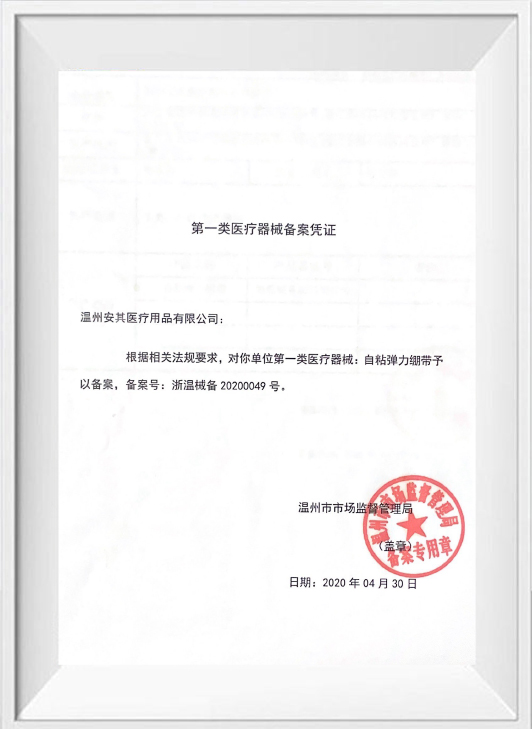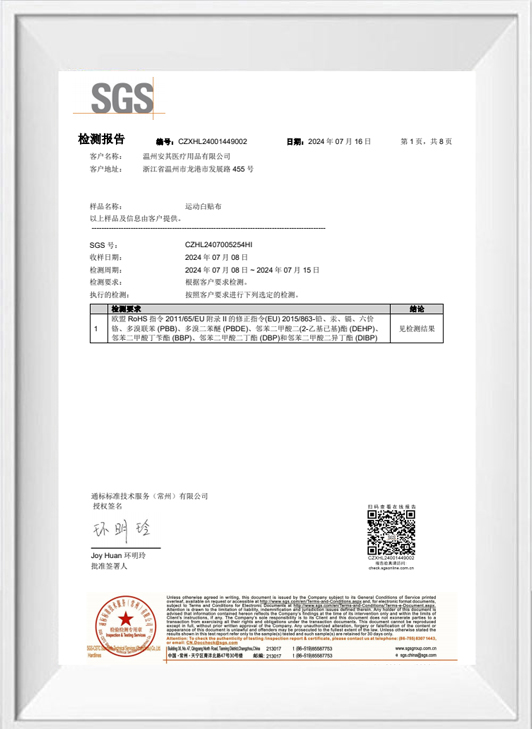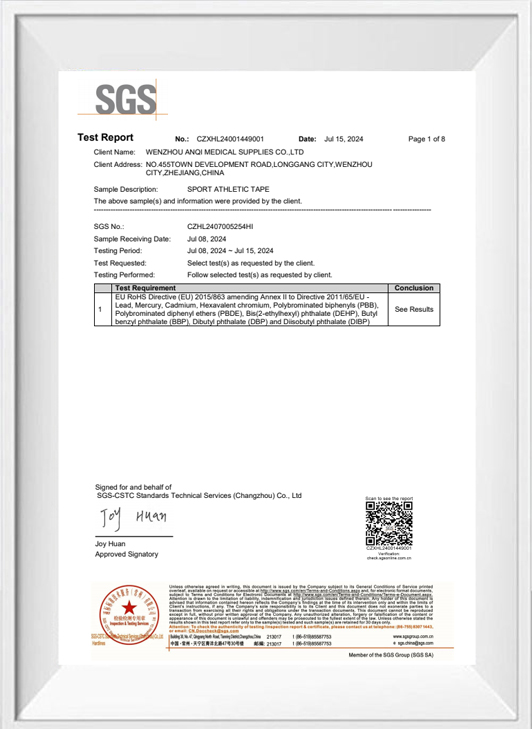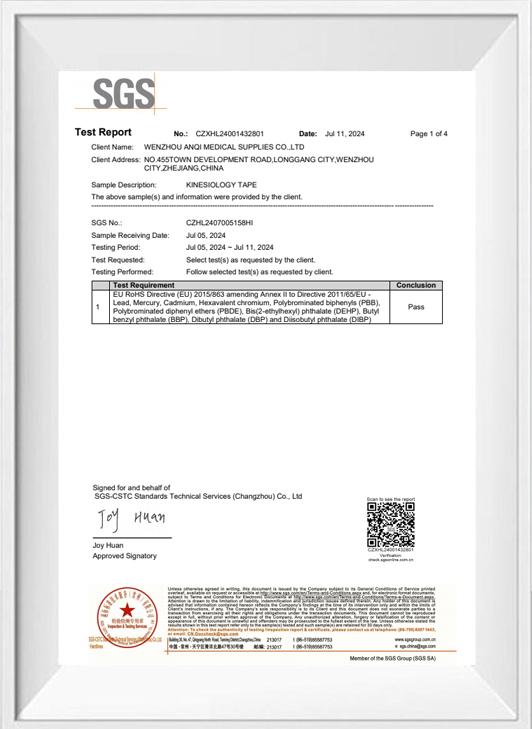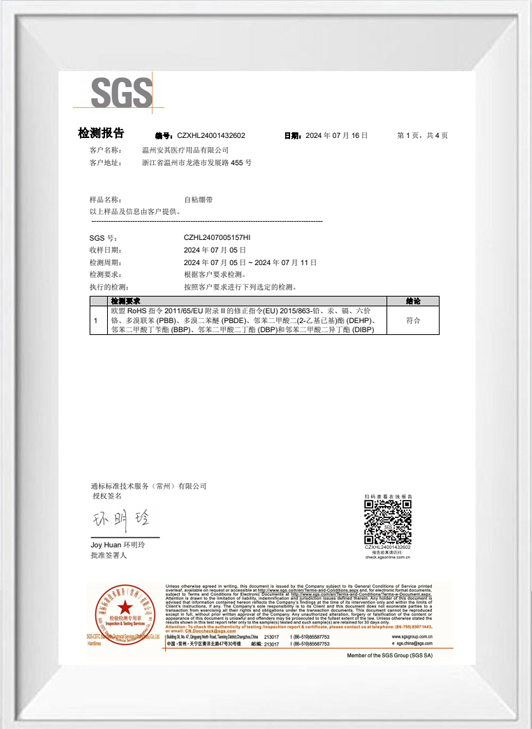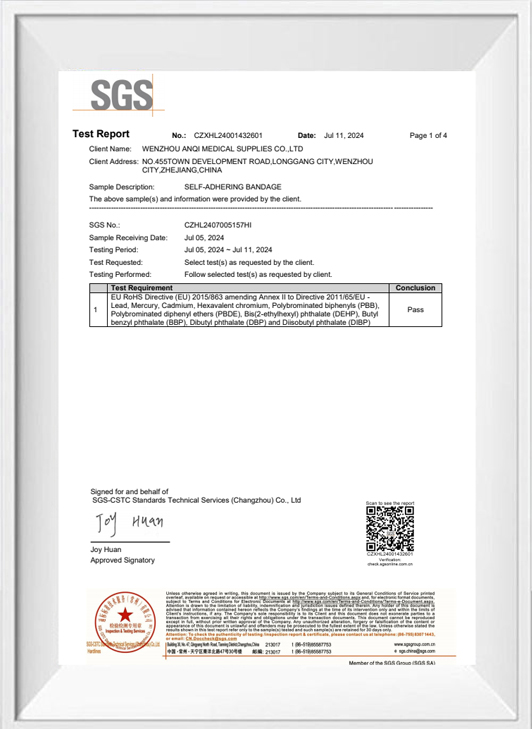Sports kinesiology tapes are widely used in athletic training, rehabilitation, and general fitness support. They are designed to assist movement, prov...
READ MORE
-
-
Materials Commonly Used in Boob Tape Boob tape is designed to provide lift and support while remaining flexible and skin-friendly. Manufacturers often...
READ MORE -
Adhesive tape for breasts, often called body tape or fashion tape for bust support, is used to provide lift, shaping, and coverage without the need fo...
READ MORE -
Selecting a suitable self-adhesive bandage is an important decision for individuals, caregivers, and medical facilities. Because these bandages are us...
READ MORE
What is the Origin of Adherent Cohesive Elastic Bandages?
The steps toward cohesive bandages trace back to the mid-20th century, when healthcare professionals started to explore materials that could provide secure, adjustable support without the discomfort or hassle of traditional bandaging methods. Early bandages were often bulky and required pins or other fastening tools to stay in place. The need for a more efficient, user-friendly solution led to innovations in material science.
The key breakthrough came with the development of elastic fabrics combined with a cohesive coating. This allowed for the creation of a bandage that would stick to itself but not to the skin, hair, or underlying clothing. The cohesive effect was achieved through the use of materials like latex or other synthetic polymers, which provided a balance between stretchability and secure attachment.
In the 1960s and 1970s, cohesive bandages began to see wider adoption in medical settings, particularly for use in the treatment of sprains, strains, and minor injuries. Their ability to conform to different body shapes and maintain compression over time made them ideal for these applications. They were also a more comfortable alternative to traditional cloth bandages, which could easily slip off or require frequent reapplication.
As the demand for more efficient medical products grew, cohesive bandage manufacturers refined the design and materials of cohesive bandages, enhancing their durability, elasticity, and self-adhesion. By the 1980s, cohesive elastic bandages had made their way into both medical clinics and sports medicine, offering a more practical alternative to traditional bandaging systems.
What is Cohesive Medical Wrap Tape?
Cohesive medical wrap tape has become a reliable option in healthcare and athletic communities. These tapes offer a variety of benefits over traditional bandages. So, what makes Cohesive Medical Wrap Tape stand out, and how does it function in different settings?
Cohesive medical wraps are primarily designed to provide compression, support, and injury protection in a variety of medical and athletic contexts. Like cohesive wraps, Cohesive medical wraps offerings are made from an elastic material that adheres to itself but not to skin or clothing. This unique feature allows the tape to stay securely in place without causing irritation or leaving sticky residues, which makes it ideal for repeated use.
The tape itself is constructed from a blend of materials such as non-woven fabric and an elastic polymer coating, making it both stretchable and breathable. This ensures that the tape can conform to the shape of the injured body part without causing discomfort or restricting movement. Because of its flexible nature, it is commonly used to support joints, sprains, strains, or even in post-surgical recovery when controlled compression is required.
One of the key selling points of cohesive medical wrap tape is its versatility. It is used by medical professionals, physiotherapists, and athletic trainers for a variety of purposes, including dressing wounds, stabilizing joints, and offering compression for edema management. In sports medicine, it is frequently applied to ankles, wrists, knees, and elbows to prevent or treat injuries during high-impact activities like running, basketball, or football.
What sets apart from other cohesive wraps is its adhesion and durability. Unlike some products that lose their sticking power over time, wraps tend to remain securely in place for longer periods, even under strenuous conditions. This is especially important in high-performance environments, where athletes need the bandage to stay intact during intense physical activity.
In addition to providing secure compression, cohesive medical wraps are also praised for their ability to stretch and move with the body. This feature allows for greater freedom of movement while still providing the necessary support. The breathable fabric ensures that air circulates freely around the skin, preventing discomfort from trapped moisture or heat.

 English
English русский
русский 中文简体
中文简体 Español
Español Deutsch
Deutsch عربى
عربى